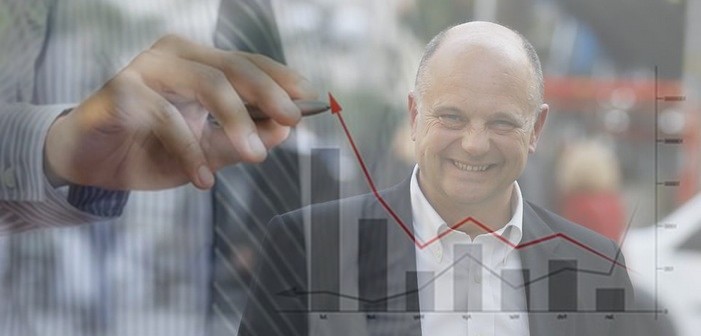Frédéric Ganneval, director of ArteNice, offers us, true to his habits, his insightful opinion on electoral analysis and forecasts.
Since 2002, we have been scrutinizing and dissecting political polls at each election in order to provide the media with a serious analysis of what the statistics presented there actually say and also to protect ourselves from post-election criticisms that tarnish an entire profession while some make serious mistakes.
We thus took interest in the poll published by Ipsos for France Télévision & Radio France on November 22, 2015, and we were stunned.
It is certainly the most toxic poll we have worked on.
Indeed, Ipsos tells us that they estimated a “participation index” by asking 830 respondents to rate their level of engagement from 0 to 10. In plain language, if respondents were sure they would vote they rated 10 on this scale, if they were certain they would not vote, they indicated a score of 0.
Ipsos arrived at an average score of 49%. A score that means nothing, but let’s admit that this index informs us about a potential participation rate. It’s a bit far-fetched, but why not.
So far, nothing to cause a scandal.
However, the graphs presented then throughout the report were calculated based on the people “certain” to vote!!
Except that at no point in the report do we have the information that would allow us to calculate the reliability of the stated results based on the number of respondents, and for good reason.
On a scale of 0 to 10, with an average of 49% (actually 4.9 on average), it would have been necessary for all the people who responded with the intention to vote to have declared 100% certainty of doing so for the poll base to be 490 individuals out of the 830 and for 100% of the people who have no intention of voting to have responded 100% “0,” meaning certain not to go.
However, this is purely impossible as we know from experience that on this type of scale, we are satisfied when 5% of people rate 10 out of 10.
Which means clearly, that this poll which we are told was conducted on 830 people was actually analyzed on only about 40 people!!!!!
And thus with a maximum margin of error not of 3.47 points but of 15.81 points!!!
In clear terms:
First round:
That is to say, the only significant difference is between the FN and EELV.
Second round:
If we consider the 11% of people certain to vote who did not express a voting intention for the second round, the number of people who actually expressed themselves is approximately between 32 to 36 (we will consider 36 to be favorable to the institute), and considering the alliances that are currently not established for the second round, we can conclude:
The Christophe Castaner list: 25% announced, the actual figure obtained by Ipsos: between 10.57% and 39.43% meaning in clear terms that between 4 and 14 people responded wanting to vote for this list
The Christian Estrosi list: 34% announced, the actual figure obtained by Ipsos: between 18.21% and 49.79% meaning in clear terms that between 7 and 18 people responded wanting to vote for this list
The National Front list led by Marion Maréchal-Le Pen: 41% announced, the actual figure obtained by Ipsos: between 24.61% and 57.39% meaning in clear terms that between 9 and 21 people responded wanting to vote for this list
No statistical difference between the 3 candidates.
Frédéric Ganneval is adamant: “It’s up to you to interpret as you wish, but you cannot make numbers say anything and predict an election based on so few voters.
It is against all ethics and respect for voters. The Ipsos poll has just set a new record: having so few voters (about forty) speak and yet drawing conclusions for a population of 4.965 million inhabitants and 3.497 million registered voters!”
by Frédéric Ganneval


